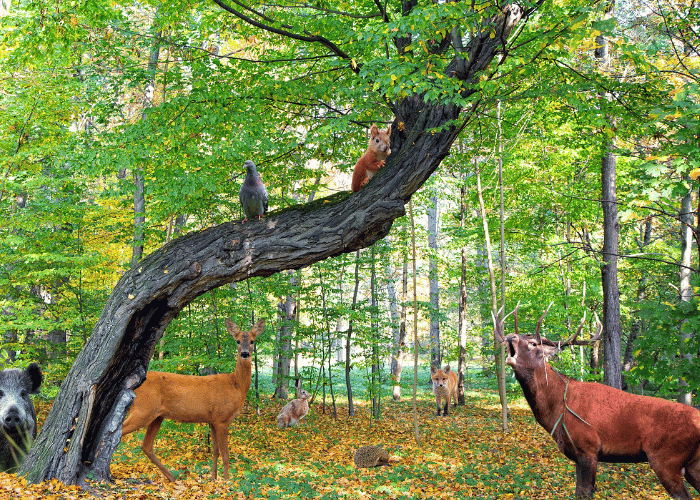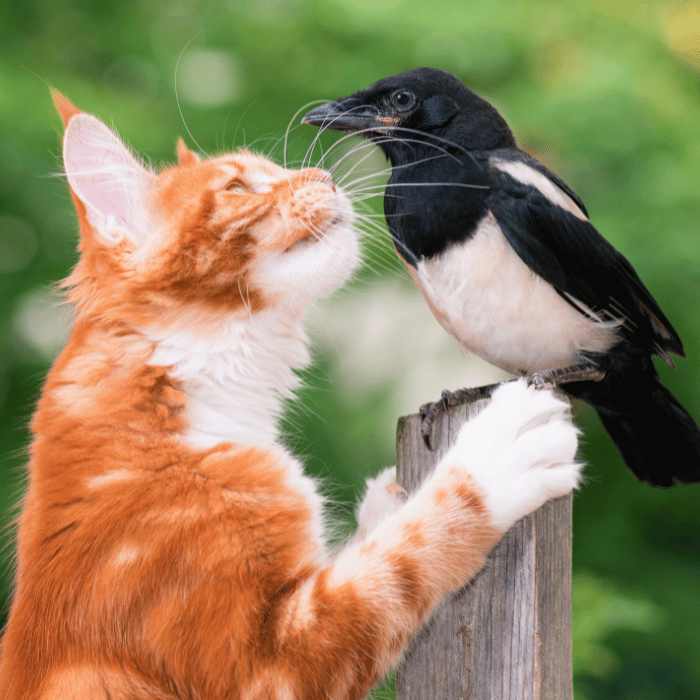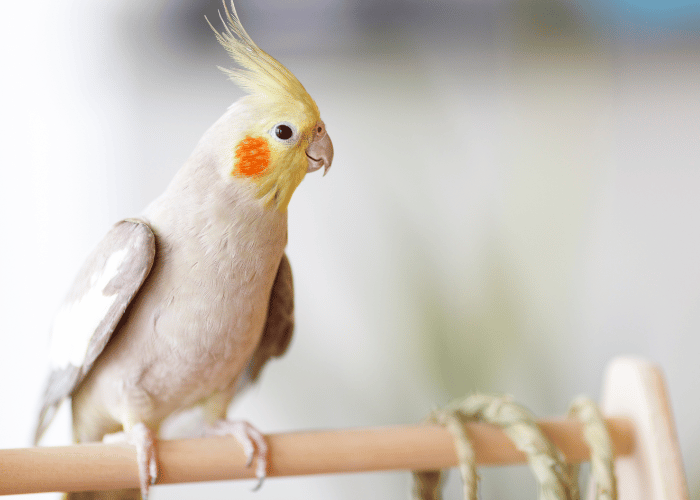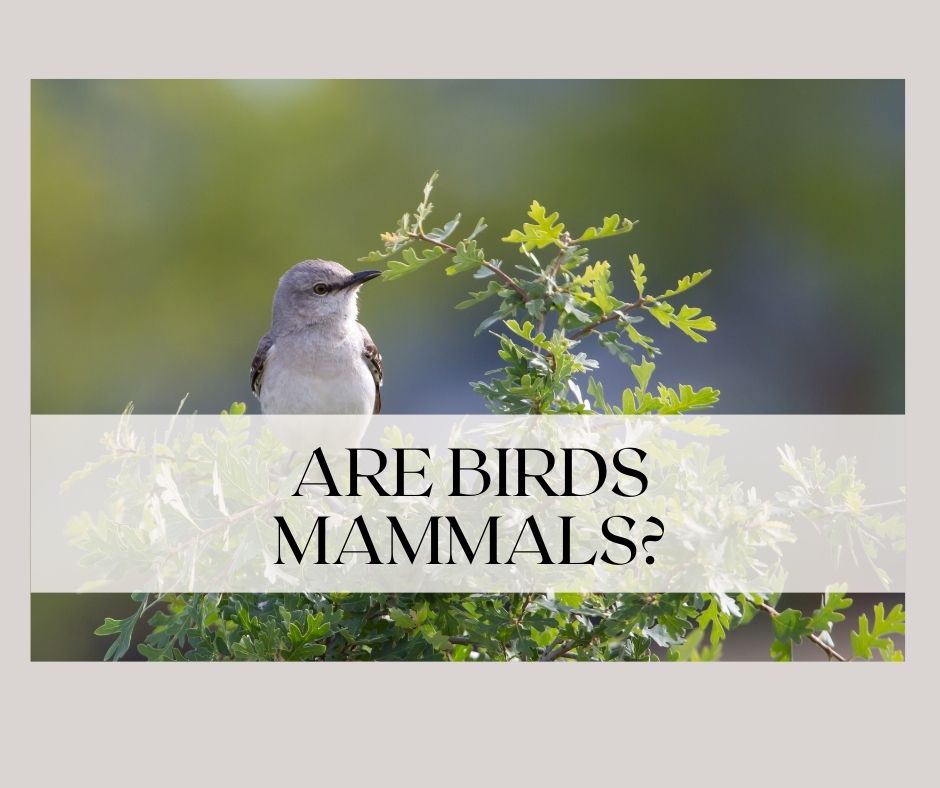Are Birds Mammals
Table of Contents
Ever found yourself gazing at a hummingbird flitting through your garden, or maybe watching a robin hop around your lawn and wondered “are birds mammals?” You’re not alone. It’s a common question, and it’s not silly at all. Many of us often find themselves a bit flummoxed when it comes to classifying the vast array of critters that share our planet.
The short answer? No, birds are not mammals. Sounds straightforward, right? But stick around, and let’s dive a bit deeper. After all, understanding our feathery friends is more satisfying when you can see the whole picture. Ruffling the feathers of this kind of misconceptions is how we learn, isn’t it?
Now that we’re clear that birds are indeed not mammals, let’s explore why. It’s time to don your imaginary scientist cap, sit back, relax, and let’s dig into the crux of what makes a bird a bird, and not a mammal. Buckle up for a fun and enlightening journey through the intricacies of animal taxonomy!

Understanding the Animal Kingdom Hierarchy
Getting a grip on the structure of the animal kingdom isn’t as hard as you might think. It’s all about sorting life forms based on shared characteristics. We’ll take a nosedive into this intriguing topic.
First off, there’s classification, a system used by scientists to divide animals into categories. It’s kind of like a giant school filing system. It starts from the top (the animal kingdom) and goes into more specific categories. As you move down, the categories get narrower, and the animals in each category have more in common. Take a moment to check out this simple breakdown:
Animal Kingdom Classification
| Kingdom | Phylum | Class | Order | Family | Genus | Species |
|---------|----------|-----------|----------|--------|--------|---------|
| Animalia| Chordata | Mammalia | Primates | Hominidae | Homo | sapiens|Isn’t it interesting? By this system, you’re a Homo sapiens. That’s the species name for humans. The kingdom is ‘Animalia’, meaning you’re an animal (surprise!). You fall under the class ‘Mammalia’ indicating you’re a mammal.
Now, let’s think about birds. Here’s their classification:
Bird Classification
| Kingdom | Phylum | Class | Order | Family | Genus | Species |
|---------|----------|----------|-----------|------------|----------|-------------|
| Animalia| Chordata | Aves | Passeriformes | Fringillidae | Fringilla | coelebs |Following the same logic, birds are ‘Animalia’ (Animals), ‘Chordata’ (having a backbone), and ‘Aves’ – meaning they are birds.
It’s pretty easy to see from classifying animals, birds aren’t mammals. They fall under a different class, ‘Aves’. It’s worth pointing out that mammals and birds share similarities—like having backbones and being warm-blooded—but the attributes of feathers and egg-laying sets birds apart.
Keep this in mind as we move along the article. Understanding this fundamental outline of the animal kingdom paves your way to untangling the broader topic. So cute animal videos online won’t only be for laughs, they’ll also be educational! Who knew learning could be so fun? Now, let’s take flight to the next topic!
Key Characteristics of Mammals
Did you know that understanding a creature’s key characteristics is the best way to classify it? Let’s unpack the distinct traits of mammals to help you grasp a better understanding.
First off, mammals are warm-blooded creatures. Unlike reptiles that require the sun to regulate their body temperature, your body is capable of generating its own heat! Believe it or not, mammals are the kings and queens of adaptability because of this trait. They can thrive in various climates from the frigid Polar Regions to the steamy tropics.
Secondly, mammals nourish their young through mammary glands. These glands produce milk that serves as the primary source of nourishment for newborns. Whether it’s a whale feeding its calf in the vast ocean or a lioness nursing her cubs in the wild savannah, it’s a pretty remarkable sight!
Look around, see any mammal covered with feathers? Nope, because another unique feature is their body covering. Mammals flaunt a glorious coat of hair or fur. This also aids in body temperature regulation, plus the added advantage of crafting impressive mating displays.
Did you know that most mammals give birth to live young? This is called viviparity, a fancy term for live birth common in mammals, compared to laying eggs—a prevalent birth method among birds and reptiles.
Let’s break them down:
| Characteristic | Mammals | Birds | Reptiles |
|---|---|---|---|
| Body Temperature | Warm-blooded | Warm-blooded | Cold-blooded |
| Mammary Glands | Produce milk | Do not produce milk | Do not produce milk |
| Body Covering | Hair or fur | Feathers | Scales or shells |
| Birth Method | Mostly live birth | Egg laying | Mostly egg laying |
Lastly, do your ears perk up at the slightest sound? Well, you have a distinctive trait of mammals to thank for that. Mammals possess a unique inner ear structure, the three ossicles, which no other animals have. It’s the secret to their exceptional hearing.
Now, take a minute and celebrate – you’re a mammal! With all these traits, it’s almost a superhero set. You have a fur coat! You can live just about anywhere! And your sense of hearing is quite superior. So, are birds mammals? Armed with these facts and characteristics, you might find the answer just a bit more obvious.

Birds: A Closer Look at Their Biological Features
Oh, the fascinating world of birds! You might’ve seen them darting about in your backyard, or heard their sweet songs wafting through your window on a spring day. But have you ever paused to wonder just what it is that makes these creatures tick? Let’s dive in and take a closer look at their surprising biological features.
To get started, it’s important to know that birds, contrary to what you might assume, are not mammals. Yeah, you heard that right! You see, they’re a group of warm-blooded vertebrates constituting the class Aves, and they’re characterized by feathers, toothless beaked jaws, the laying of hard-shelled eggs, a high metabolic rate, and a strong yet lightweight skeleton.
When we look at the anatomy of birds, one of the first things you’ll notice is that most of their body is covered with feathers. Not only do these serve to keep the bird warm, but they also play a big role in helping birds fly and attract mates, too! Even more, you’ll find that birds are well equipped with a beak, which doesn’t have any teeth. This makes it much lighter, which helps with their flight.
Another feature worth highlighting is their bones. You might be thinking, “Bones aren’t that special, right?” But you’d be surprised! Birds have what are known as pneumatic bones, which are basically bones that are hollow. This is part of what makes them so lightweight and perfect for flight.
To complete the picture, let’s explore the bird’s biological reproduction system. Unlike mammals, which give birth to live young, birds lay hard-shelled eggs. This even applies to flightless birds, like the emu or the penguin. Now, isn’t that something?
Surely, you can see now the intricate and unique world of birds. There’s a lot to learn, but I hope this gives you an idea just how diverse and remarkable the creature world can be!
So next time you spot a robin or a sparrow, try remembering some of these amazing biological features. It’ll surely make your bird-watching experience a tad more interesting! Remember, however, the key here is respect — these creatures, while different, are an equally vital part of our ecosystem. Let’s treat them with the care they deserve!
Dissecting Key Differences Between Birds and Mammals
You’ve probably looked at a robin on your windowsill and then at your furry friend napping on the couch and wondered, “Are they the same?” Here’s your answer straight away: birds and mammals are different!
The distinction comes to down to a few key things which might be a little surprising. First off, let’s talk body temperature regulation. Birds, like mammals, can regulate their body temperature internally, making both of them endothermic. But here’s where the similarity ends. Birds typically have a much higher body temperature than mammals! Reaching up to a toasty 42°C (around 107°F). Compare that to your average human body temperature of just 37°C (around 98.6°F), that’s quite a difference!
Next up, birds are covered in feathers, distinctive structures made of keratin. You sure won’t find a mammal donning this type of outfit. Mammals get a fuzzy or smooth coat of fur or hair, also made from keratin, but with a importantly different structure.
Then, there’s the bonafide home-making attitude of birds. Many build intricate and amazing nests for their eggs. And what’s with the eggs, right? Well, birds lay eggs with hard shells, like reptiles. On the flip side, mammals are known for live birth. Yeah, quite a gap there!
Let’s not forget the flying component. Birds are designed for a life up in the sky. They’ve got wings instead of forearms and hollow bones to keep them lightweight. Sure, there are bats and flying squirrels, but they’re the exceptions in the mammal world.
To help crystallize this even further, let’s sort the key differences in a handy table:
| Birds | Mammals | |
|---|---|---|
| Body Temp | High (~42°C) | Lower (~37°C for humans) |
| Covering | Feathers | Fur/Hair |
| Offspring | Egg-laying | Live birth |
| Designed for… | Flying | Ground living generally |
It may seem a bit like comparing apples and oranges, or more aptly feathers and fur, but hey, you asked the question! So now you can marvel at the robin and your cat from a place of knowledge. Cheers to you and the wonders of biology!

Common Misconceptions About Birds and Mammals
Let’s dive right into one of the biggest misconceptions you’ve probably come across – “Birds are mammals.” Nope, that’s far from the truth. Birds aren’t mammals. They’re part of a separate group known as Aves. They do share the Kingdom Animalia with mammals, but when you dive into the lower classifications, that’s where paths diverge.
You see, this confusion often arises due to some common features birds share with mammals. For instance, both birds and mammals are warm-blooded, which simply means they maintain their body temperature irrespective of the outside environment. But hey, don’t let that fool you into thinking they’re the same.
Why? As you peel back the layers, you’ll find more differences than similarities. Mammals give birth to live young, but birds lay eggs. Birds sport a beak, while mammals don’t. Ever seen a bird covered in fur? Probably not, because they have feathers!
Another common misconception is that all mammals fly. Granted, the bat, a mammal, can fly but that’s not the norm. Actually, bats are the ONLY mammals that can achieve sustainable flight. So, it’s not a rule of thumb for mammals, it’s quite the exception.
Also, birds aren’t the only creatures capable of flight, bats aside. Insects fly, some species of fish glide in the air, and there are even “flying” squirrels. They are capable of gliding from tree to tree, although they don’t truly fly.
Let’s clear up one last misunderstanding – the one about bird brains. Sure, you’ve heard the term “bird brain” used to describe someone who’s not the sharpest tool in the shed. But truth be told, many bird species are renowned for their intelligence – with crows, ravens, and parrots leading the pack.
There you have it – a quick tour through the common misconceptions about birds and mammals. Remember, while they do share some similarities, they’re really quite different. Keep these points in mind next time you’re bird-watching or admiring a mammal at the zoo! Now, you can enlighten others too.
Wrapping Things Up: Are Birds Mammals?
Okay, we’ve come a long way and drum roll please finally it’s time to unravel the mystery. Are birds mammals? Short answer? Nope, they’re not.
Now you might be wondering why that is. Well, it all comes down to the characteristics of mammals and birds. Let’s break it down:
- Mammals, including you and me, have hair or fur. Birds don’t. Instead, they’ve got feathers.
- You know how mammals feed their young ones? With milk produced by mammary glands. Birds lack these. Their little ones depend on good old worms and insects for survival. Yummy!
- Live births? That’s a mammal thing. Birds lay eggs.
In essence, birds are their own unique group of animals, and aren’t included in the mammal crew. They belong to a class all by themselves, known as ‘Aves.’
So, the next time someone asks you “Are birds mammals?” You’ll know just what to say. The answer is a definite no! Birds are feathery, egg-laying, non-mammal milk loving creatures of their own kind, living under the vast group encompassed by ‘Aves.’ Funny how life works, isn’t it?
Hope you had as much fun learning about this as we did explaining it to you. Now go on out there and spread your newfound bird vs. mammal knowledge. Can’t wait to see you again for our next fun fact or quirky question session!






